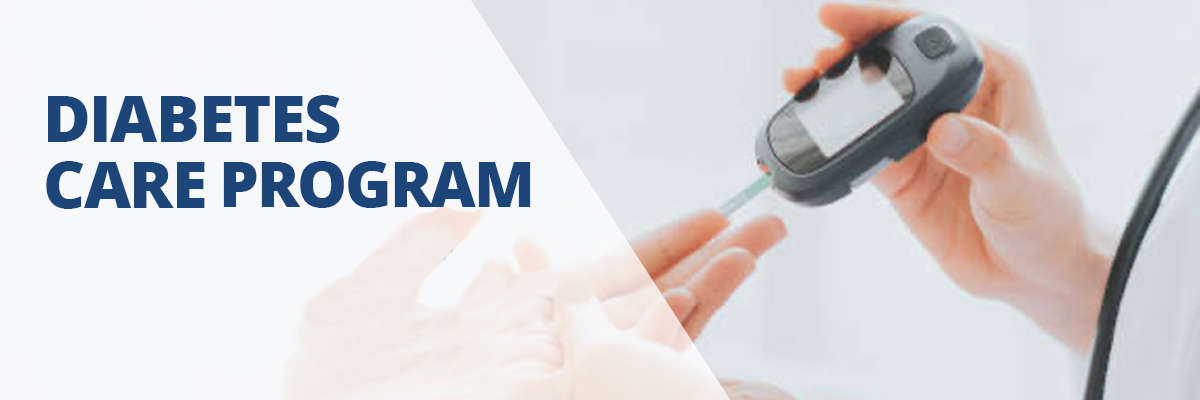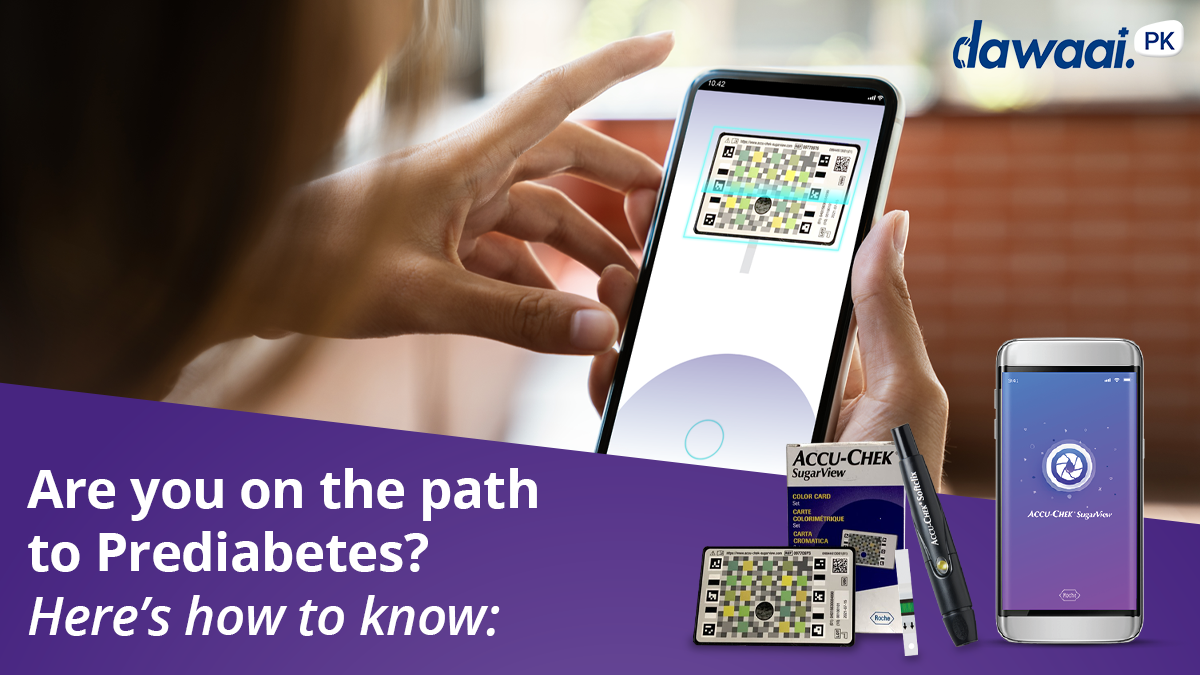Medically reviewed by Dr. Muhammad Ashraf Shera.
A look into Type-1 Diabetes
In Type-1 Diabetes the body does not produce insulin. Instead, the body tends to break down the carbohydrates you eat into blood sugar which is then used for energy. The body needs the hormone, insulin that the body requires to get glucose from the bloodstream into the cells of the body.
Symptoms of Type-1 Diabetes
The signs of Type-1 Diabetes in children tend to develop quickly, over a span of weeks. Some of the symptoms are:
- Increased weight loss: Your child might be eating more than usual but may still lose weight. This unexplained weight loss is often the initial sign of Type-1 diabetes.
- Increased thirst: Children with Type-1 diabetes tend to get thirsty more often due to their increased urination.
- Bedwetting: This is one of the common signs that parents can pick in the children who might be suffering from juvenile diabetes. This is much more noticeable in children who didn’t previously wet their beds during the night.
- Hunger pangs: Children with diabetes often get hungrier compared to other children of the same ages.
- Fatigue/lethargy: Kids with diabetes often get tired and are unable to perform well in school because of the lack of energy. Lack of insulin fails to let glucose absorbed in the body resulting in decreased energy.
- Irritability and Mood changes: Children and teenagers get mood swings quite often due to chronic
- Blurred vision: In some kids, even visibility is affected due to the lack of glucose
Controlling your kid’s diabetes at school
At school the children will have to do the following:
- Keep a check on their blood sugar levels
- Take insulin or any other diabetes medicines
- Check their blood pressure levels
- Have lunch at a certain time
- Eat snacks when needed
- Have access to water
- Have easy access to the bathroom
- Get involved in physical activities
Therefore to help control your kid’s diabetes at school, you will need to make a diabetes management plan, send them with diabetes medicines and snacks.
You will also need to inform the staff at school about your kid’s condition and give the school a catalog with information about diabetes, including how to recognize and treat hypoglycemia and hyperglycemia.
Moreover, include information about you, the child’s doctors and close relatives in the package you send them.
Schools are often prepared to help their students with diabetes but you need to educate your kid’s regarding their diabetes as well. Kids should know who to contact for help and have all the snacks and supplies needed to manage diabetes easily.
Most often, the school officials are helpful and happy to work with your kid to provide them with the healthiest environment. Yes, your kids are your responsibility but you shouldn’t worry about them 24/7. With a little education, your child should be made to feel comfortable with the condition both in and out of school.
Guest Post Credit: Asma Qadri






